Sleep is important. We all know this! And yet, it is often the most ignored aspect of our health. Even the chronically sleep deprived sometimes have a tendency to seek out quick fixes—smartphone apps, ultramodern gadgets, newly formulated sleep aids and supplements—instead of sticking to a routine that may result in slow but steady improvements over time. It’s like wanting to be fitter and healthier, not wanting to stick to a proper diet and exercise schedule. Sound familiar?

We get it, though. Thinking of sleep health as a top priority is a habit that must first be learned, and then constantly reinforced. Learning is the hard part, and for some with extreme difficulties it may require seeing a sleep specialist; though we have articles that can help if you’re just curious and mildly sleep deprived. In comparison, reinforcement is easier to set up. One of the best ways to do this is to make sure that your sleeping surroundings are ideal. Where we sleep—and, in turn, the environment and energy therein—affects how we sleep immensely.
Want to make your bedroom more conducive to better and more restorative sleep, but don’t know where to start? Here are some bedroom interior design hacks that you can check out. Some of them may feel like common sense—because they should be—but some might surprise you.
#1 Choose Colors Carefully
Creating a palette of about three to five colors is essential to interior design. However, it’s not as simple as picking your favorite colors. Different colors have been theorized and observed to evoke different emotions and even affect physical behavior. In the bedroom, you want a color palette to promote feelings of serenity and relaxation; so it is best to avoid bright and warm colors. The hues that you often see in public high activity areas—reds, oranges, yellows—are the very same ones that should be used sparingly in your nighttime sanctuary.

Think about colors you usually see in calm places—health and wellness spas, medical clinics, meditation rooms—and you’ll get a good idea of what to hues to include in your bedroom interior design plans. Quiet, cool colors in muted and neutral shades are our recommendations: blues, grays, greens, whites. Feeling restricted by these choices? As long as the majority of your palette is cool, you can include one or more complex colors that have a just have a tinge of warmth, like taupe or periwinkle. You can even use warm colors in soft pastel shades—pink instead of red, for instance—not as the main color, of course, but a contrasting one. Truly bright colors aren’t banned from the bedroom, either; you can use them as accents.
#2 Cut down on Clutter
You knew this was coming! From mothers to interior designers, this advice comes from both the well-meaning and the well-informed. It’s a habit that improves physical, mental and sleep health. Clutter can attract and hide dirt and pests, and affect the air quality and temperature of your bedroom. It can also stress you out, make you anxious, and distract you. Piles of clothes on a chair begging to be folded and put away, mismatched shoes strewn about the floor, yoga mats and barbells gathering dust underneath your bed—they all add up to an unseen mental pressure that can keep you from sleeping.
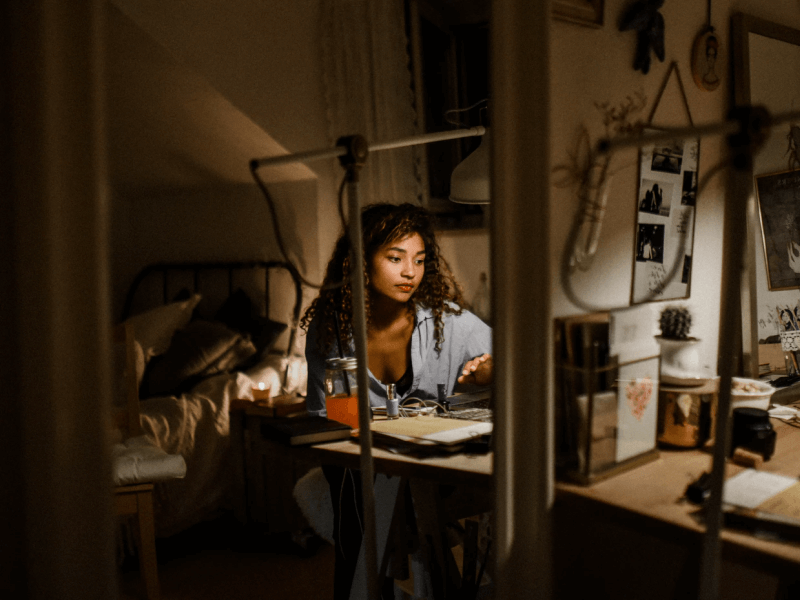
You don’t need to make this harder than it needs to be, either. There is no special trick to it! We all know how to keep bedrooms clean and clutter-free; most of us grew up being told to do this constantly. If you find that even when you routinely pick up after yourself, there’s still clutter that can’t be contained, you may want to consider investing in furniture like cupboards, cabinets or chests.
#3 Remove Items That Aren’t for Rest or Romance
If there is anything in your bedroom that is not for rest or romance, that counts as clutter—no matter how useful you think it is. The bedroom is meant to be used for only two things: sleep and sex. Unless you have a very small home and limited space, don’t set up a work or entertainment area in the bedroom. Yes, this advice is very unpopular; but it is also worth following. Try to remove digital screens, gaming systems, exercise gadgets, and other devices—yes, work laptops and smartphones included—from the bedroom and see how your sleep cycle improves. Stricter implementation of this rule, if you have the space for it, can even include removing vanity tables and mirrors from your sleeping area.
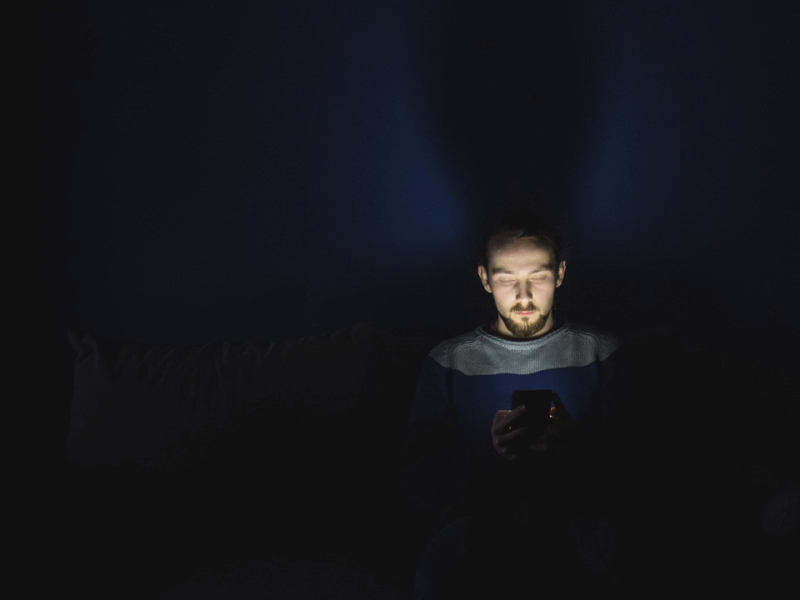
Of course, following this rule is not always possible. You may have housemates and only one real room that you have complete control over, or a small apartment with not enough space for a makeshift office or exercise area anywhere else. In cases like this, consider creating ways to “close” the areas after use. You can cover digital screens with a cloth, designate closet space for workout items, and make an effort to put your laptops and other smart devices out of reach and out of your sight line as bedtime approaches.
#4 Use Lighting to Your Advantage
There are several bedroom lighting tips we’ve already written about that you can follow. The most important thing to remember is that both natural light and artificial light both affect your sleep cycle; whether it’s natural light signaling your body to wake up in the morning, or artificial light keeping you up at night. It’s a good thing that managing light in the bedroom is one of the most affordable things you can do to make your sleeping area more conducive to catching z’s.

In a nutshell: Use blackout curtains, keep blue light exposure to a minimum, and do refrain from using bright lights a few hours before you plan to sleep. Several different light fixtures for specific purposes will be able to help you control the brightness of artificial light you’re exposed to past sundown. Dimmer switches help, as well.
#5 Take Steps to Reduce Noise
Again, this facet of bedroom design is something we’ve already covered. In general, it’s a good idea to take stock of your bedroom environment using your natural senses. You’ll find that it will provide you with more insight into what changed you can make to make your private space cozier and more inviting. Noise reduction seems like one of those things that’s just common sense. After all, don’t most of use sleep better in when it’s quiet? Even those of us that don’t seem to sleep well in complete silence prefer some sort of white or ambient noise.
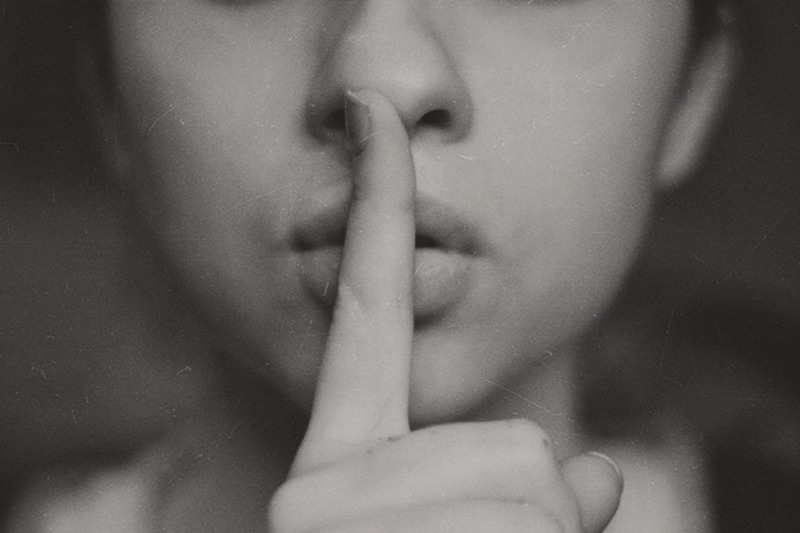
Many of the things you can do to help with noise reduction are already things that you may be doing for other sleep-improving reasons. For example: Most heavy blackout curtains not only block light, but deaden sound from outside, as well.
#6 Don’t Forget About Your Nose
Remember earlier when we mentioned using your natural senses? The sense of smell counts, too. For the most part, this has to do with cleanliness. Freshly washed linens and sleepwear—along with other items like curtains and rugs—have that clean smell that offers an almost nostalgic sort of comfort. Closely related to this is air quality, because good cleaning habits do cut down on airborne allergens and pests. However, there’s also the issue of VOCs that can come from off-gassing of several things that are normally used and found in the bedroom—from mattresses to paint on the walls. The fix for this is easy: Choose healthier paint options that don’t have VOC; and when buying new mattresses or other furniture, unpack in an open area first and let it air out until that “new smell” disappears before setting it up in the bedroom.
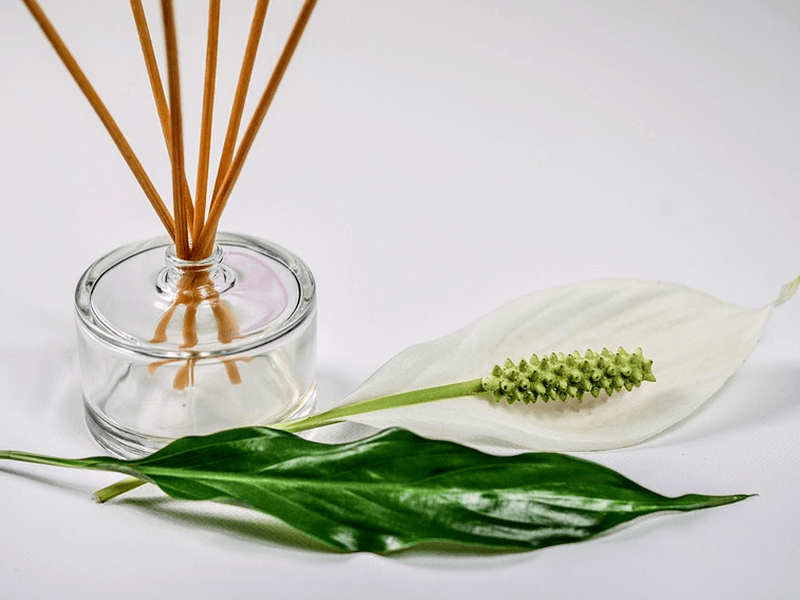
Aromatherapy can be used, too. There are many calming and sleep-inducing scents, and more than a few ways to use them in the bedroom. You may leave potpourri out in small bowls or use a dream pillow; some companies even sell “sleep mists” that are basically diluted perfume that you spray on your pillow before you sleep. However, the most effective and safe way to do it is to use essential oils with a diffuser. Stay away from synthetic air fresheners, as they may irritate people with skin sensitivities or other allergies.
#7 Get in Touch with Nature
We went into air quality earlier, and another part of that is air purity; which is why plants are a great addition to the bedroom. Certain species are better than others at purifying air and are therefore more common as houseplants; but overall plants are natural air filters and detoxifiers. They’re also relatively affordable as decorations go, and they have a calming effect. Some even have a pleasing scent.

However, bedroom plants are not without disadvantages. For one, you will need to care for it. Different plants have different needs, and though you can opt for low maintenance ones that need a minimal amount of sunlight and water, you really can’t just buy a plant and then forget about it. Some plants are also toxic to dogs and cats—even small children—if accidentally ingested. Keep this in mind and choose plants carefully if you are part of a big household.
#8 Be Cozy and Comfortable
We’ve talked about making bedroom interior design decisions for better sleep in terms of what you see, what you hear, what you smell—now let’s talk about what you touch, or more specifically, what you feel. This is the basis of what most people think of as comfort when it comes to being in the bedroom. Is your bedding really the best and the most comfortable that you can afford? How about your pillows? Your mattress?

Don’t settle for just “okay” unless you have no choice. Remember that you spend one third of your life in bed! It’s worth spending a little bit more for a better experience. Some easy upgrades to make: Silk or cotton sheets with a high thread count for your bedding, plush cushions on chairs, thick rugs on the floor. If you have a little bit of leeway to splurge and space to spare, consider getting a bed that’s one size larger and with lower motion transfer—particularly if you’re sharing it with your partner. You’ll find that sleep disturbance instances will drop.
#9 Take the Temperature
The ideal room temperature for sleeping is between 60 to 70 degrees Fahrenheit (or about 18 to 21 degrees Celsius). If you’re not using a central HVAC system in your home, it may be harder to control how hot or cool your sleeping environment. If it’s hotter, you may want to use an electric fan; opening a window may or may not help, depending on where you live. It it’s cooler, just add an extra blanket or layer of clothing; though typically you do want to wear less or loose clothing while you sleep.
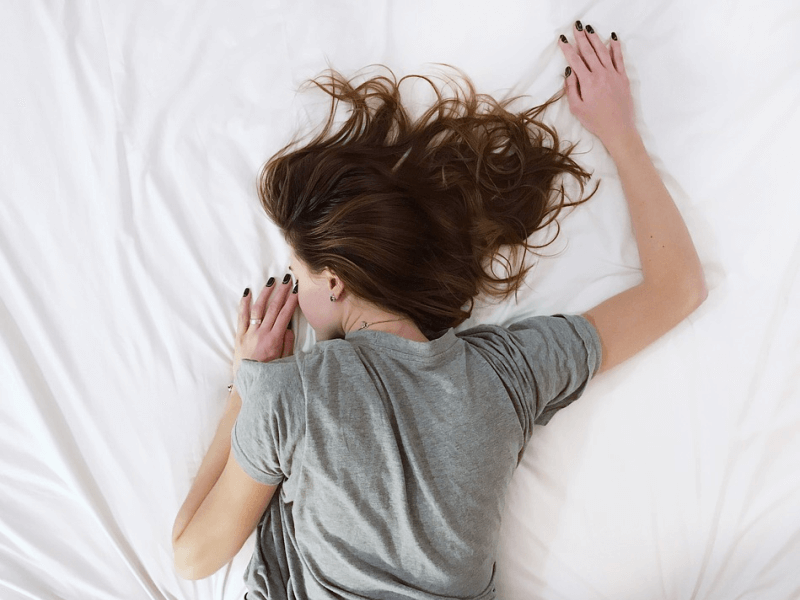
If you tend to sleep hot, consider using breathable sheets—natural cotton is a good choice—and maybe investing in a mattress that doesn’t trap heat. If your mattress is on the floor or on a solid platform, consider using a slatted frame.
#10 Pay Attention to Balance and Energy Flow
Even if you’re not particularly open to the esoteric, it’s worth looking into age-old rules of architecture and energy; such as the Indian Vastu Shastra or the Chinese Feng Shui. While some of these rules may seem useless or quaint, some do make sense. The idea is to balance and encourage the proper flow of energy in a space, and while that may not sound practical to you, the application of the rules often leads to sensible interior design. For example: One of the most popular feng shui rules for the bedroom is to remove or cover all mirrors, which—from personal experience—we agree with here at Good Night’s Rest. (I have mirrors in my bedroom and I hate them! I’m always getting spooked by my own reflection when I get up in the middle of the night to go to the bathroom.)
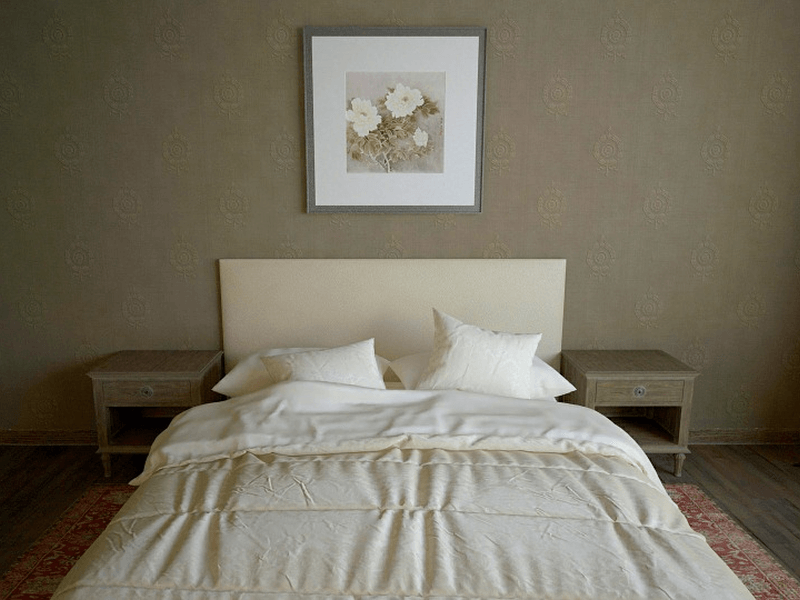
A less popular feng shui rule is to have nightstands on both side of the bed. Now, this one obviously practical—especially if you share a bed with someone. Nightstands necessitate a space between the bed and the wall, which makes it easier to access the bed from both sides. While you may not care about energy flow, you should care about the flow of the room in general: how easy it is to open and close cabinets, get in and out of bed, and more. This helps cut down on distractions and lost time, which—you guessed it—helps you sleep.